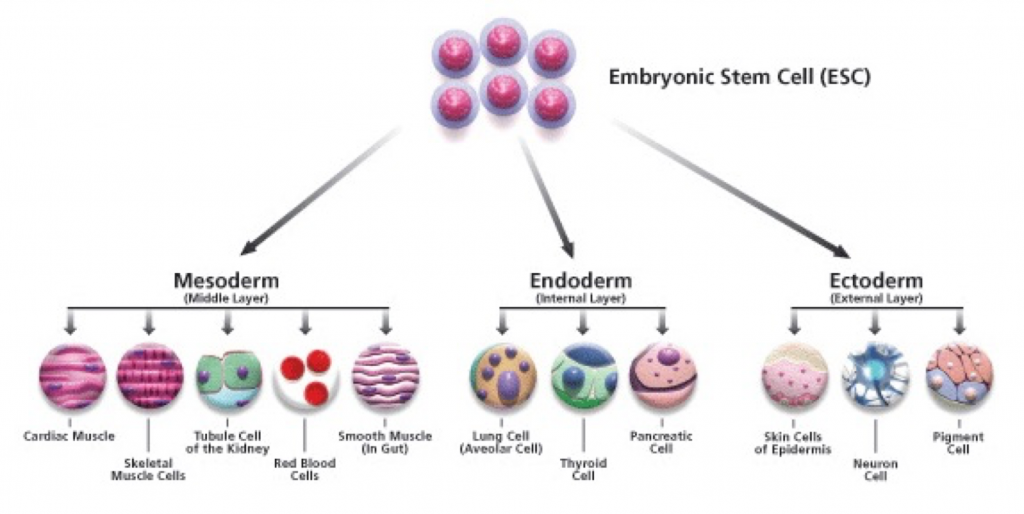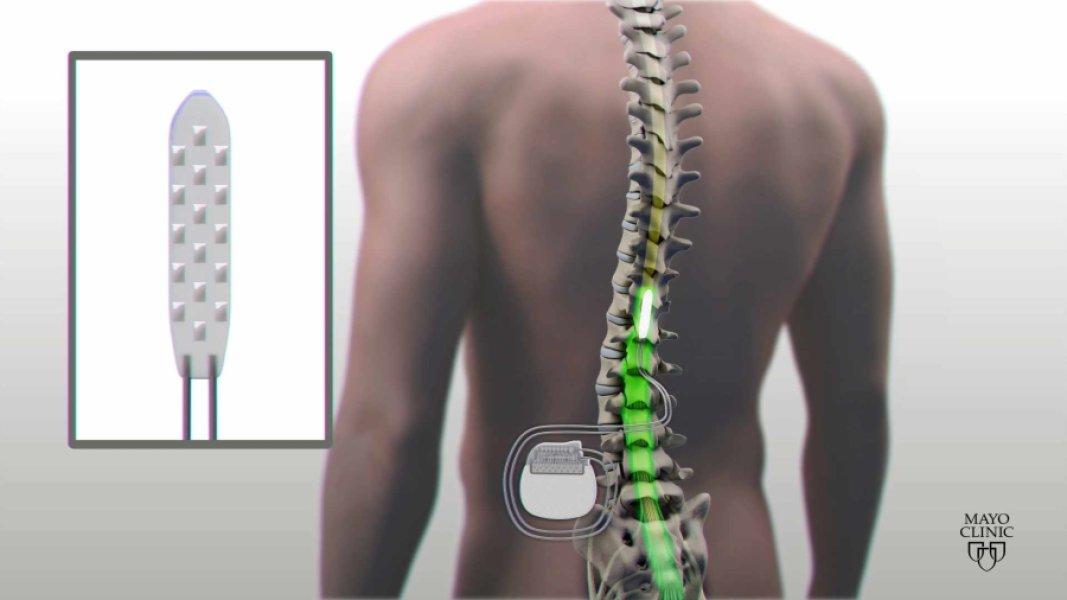Every cell within our body begins as a stem cell, from immune cells to our neurons and play an integral part of human development. There are many different types of stem cell, which are divided up into 4 classes: totipotent, pluripotent, multipotent and unipotent. Totipotent stem cells are cells that can differentiate into any type of cell, but pluripotent cells can differentiate into most, but not all cell types. Multipotent stem cells are more specific than pluripotent stem cells, but can still differentiate into a few different cell types, and Unipotent stem cells can only become one type of stem cell. Pluripotent stem cells or more specifically embryonic stem cells, are most widely used in stem cell treatment.

So how are these cells currently being clinically used?
Pluripotent stem cells are currently being used in a host of different ways, with excellent research into the treatment of neurodegenerative diseases like Parkinson’s and many others. Stem cells have also been used to 3D print heart beating cells, as well as entire tissues. These groundbreaking discoveries only begin to scratch the surface of the incredible research that is being put into stem cells.

What does the future hold?
Although scientists are currently struggling to use stem cells for more intricate structures, like limbs, which require multiple tissue types in order to function, I believe that in the direction in which stem cell research is going and with the unbelievably rapid rate in which it is progressing, that this will eventually be possible. I also believe that the 3D printing of tissues using stem cells will eventually allow for the 3D printing of entire organs, meaning that organ transplants are no longer needed, also nullifying the extremely long waitlists some people have to endure in order to receive a transplant, or who may not even receive a transplant at all. It would also completely eradicate any immune rejection that would occur in an organ transplant. I think stem cells are truly the ‘miracle cure’ for disease, and would revolutionise clinical treatment as we know it. I am extremely excited to see how this research develops and how much we can achieve. Stem cells really are science’s golden egg.
Are stem cells worth it?
Currently, there is a lot of debate about the ethics behind the use of stem cell therapy, specifically using embryos to harvest them. This has sparked an extremely polarising debate about when embryos are considered morally human, as since some people believe that, from the moment of fertilisation, the embryo is morally human and that destroying the embryo in order to retrieve these stem cells is murder. This very much shows a Kantian view of ethics, in which he describes ethics as what is right and questions the morality of the action. However, Jeremy Bentham’s view of ethics which is that what is good is what has good outcomes, which brings into question whether the action of destroying embryos outweighs the outcome of the production of revolutionary treatments and medical care. I believe that, as the moral status of embryos is still being debated, I don’t think that the progress which is currently being made in stem cell therapy should be halted. However, I do believe that strict regulations in to how long an embryo can be grown should be put into place to minimise exploitation and unethical behaviour by allowing for the embryo to begin developing much further.

Very well written, with an excellent format and images. You’ve included interesting statistics and related it to personal ideas which…
This is a very well written blog, the format is as if you are talking directly to me. The ideas…
Love the Batman GIF :)
This is an excellent, well written blog. The narrative is engaging and easy to follow. It could be improved by…
This is a well-communicated blog. The it is written well with good use of multimedia. It could be improved with…